
At ACTS LAW, our experienced trial attorneys are dedicated to handling employment-related cases with the utmost seriousness. With a track record of delivering substantial verdicts and settle...

When you invest in a home, you rightfully expect a well-constructed property that will stand the test of time. Unfortunately, construction defects can undermine the integrity and safety of y...
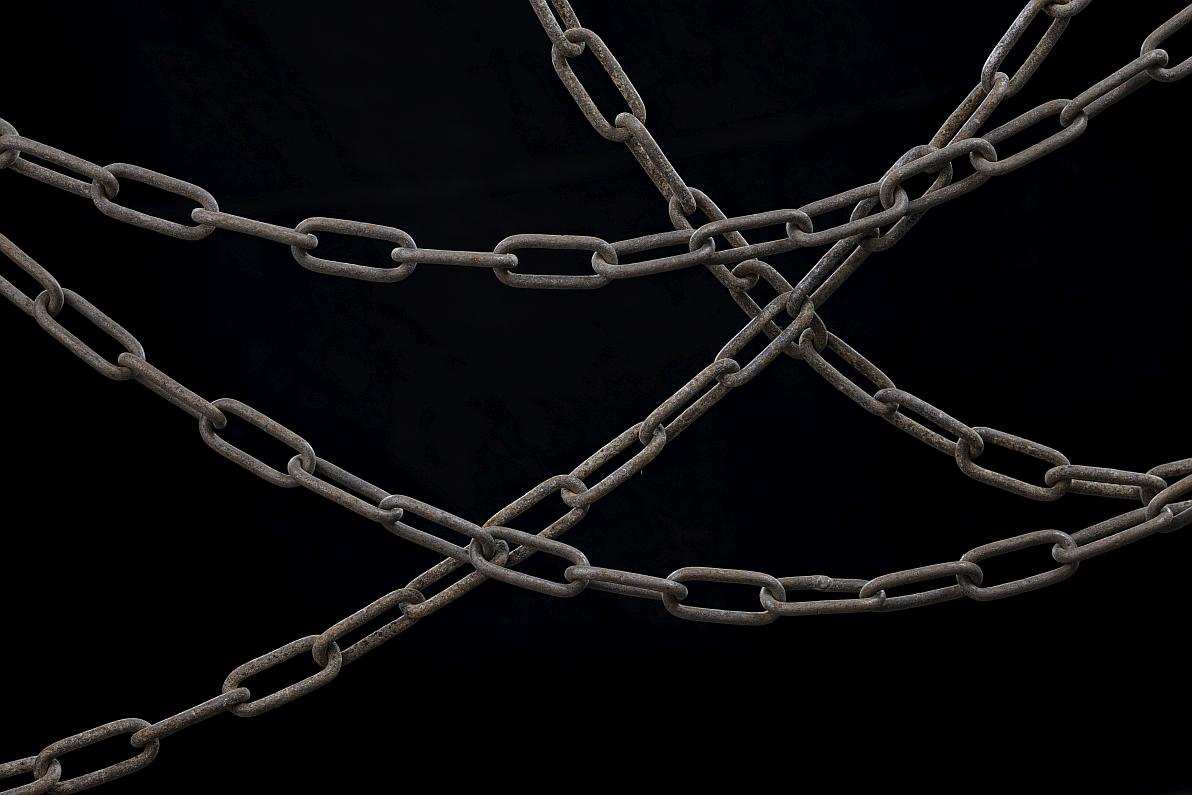
Sexual assault or harassment is an egregious abuse of power, with individuals in positions of authority exploiting the vulnerable, often assuming immunity due to their standing in the commun...
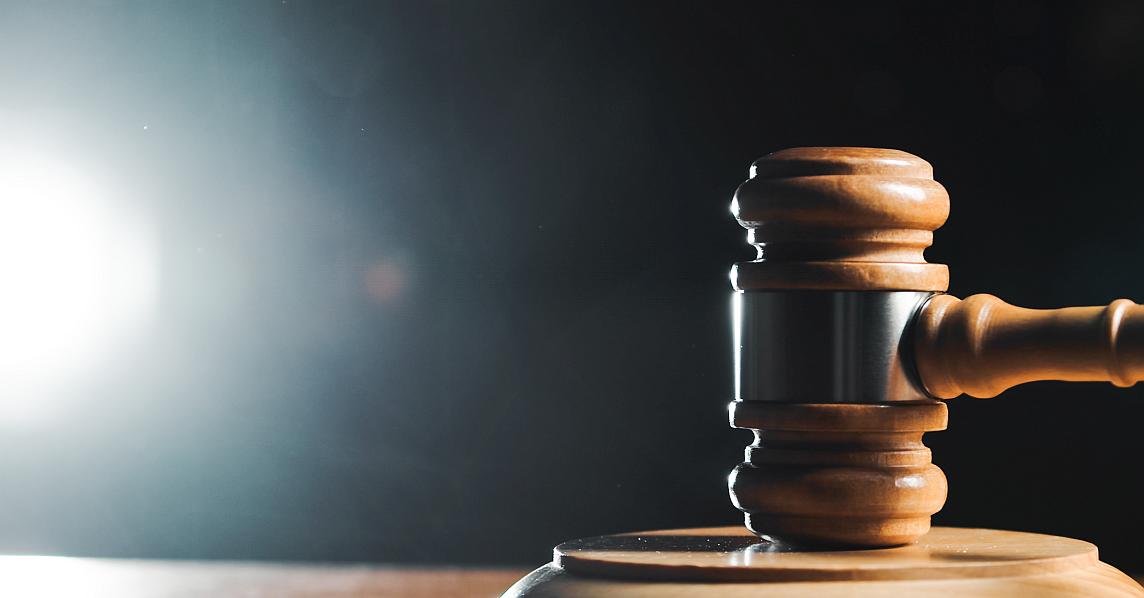
In the United States, both state and federal laws, including the Bill of Rights, the U.S. Constitution, and the Civil Rights Act of 1964, safeguard the political and social freedom and equal...
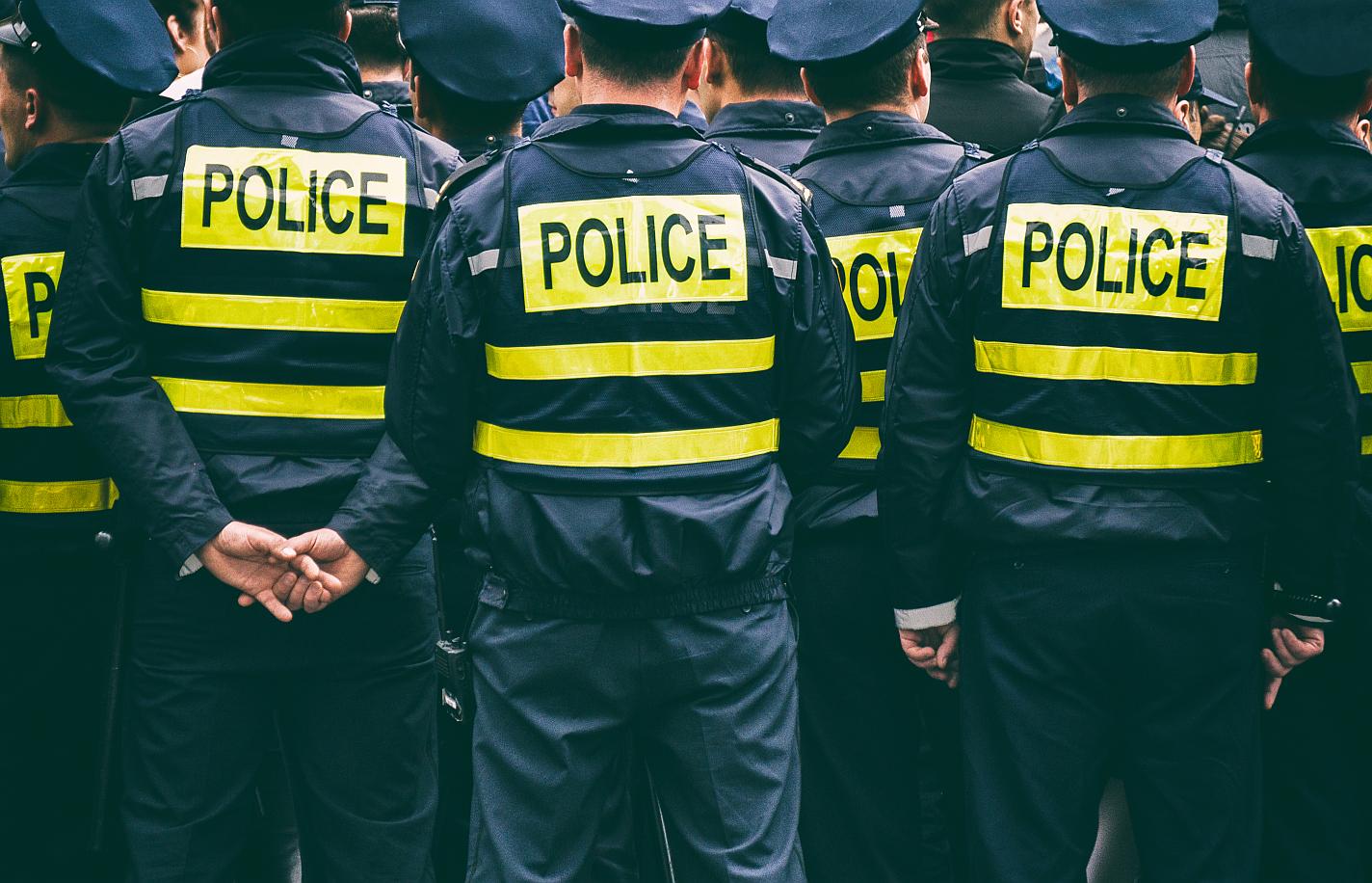
Cases like Freddie Gray, Michael Brown, and Ezell Ford have shed light on the misuse of authority by law enforcement, resulting in wrongful shootings, police brutality, and other forms of ex...
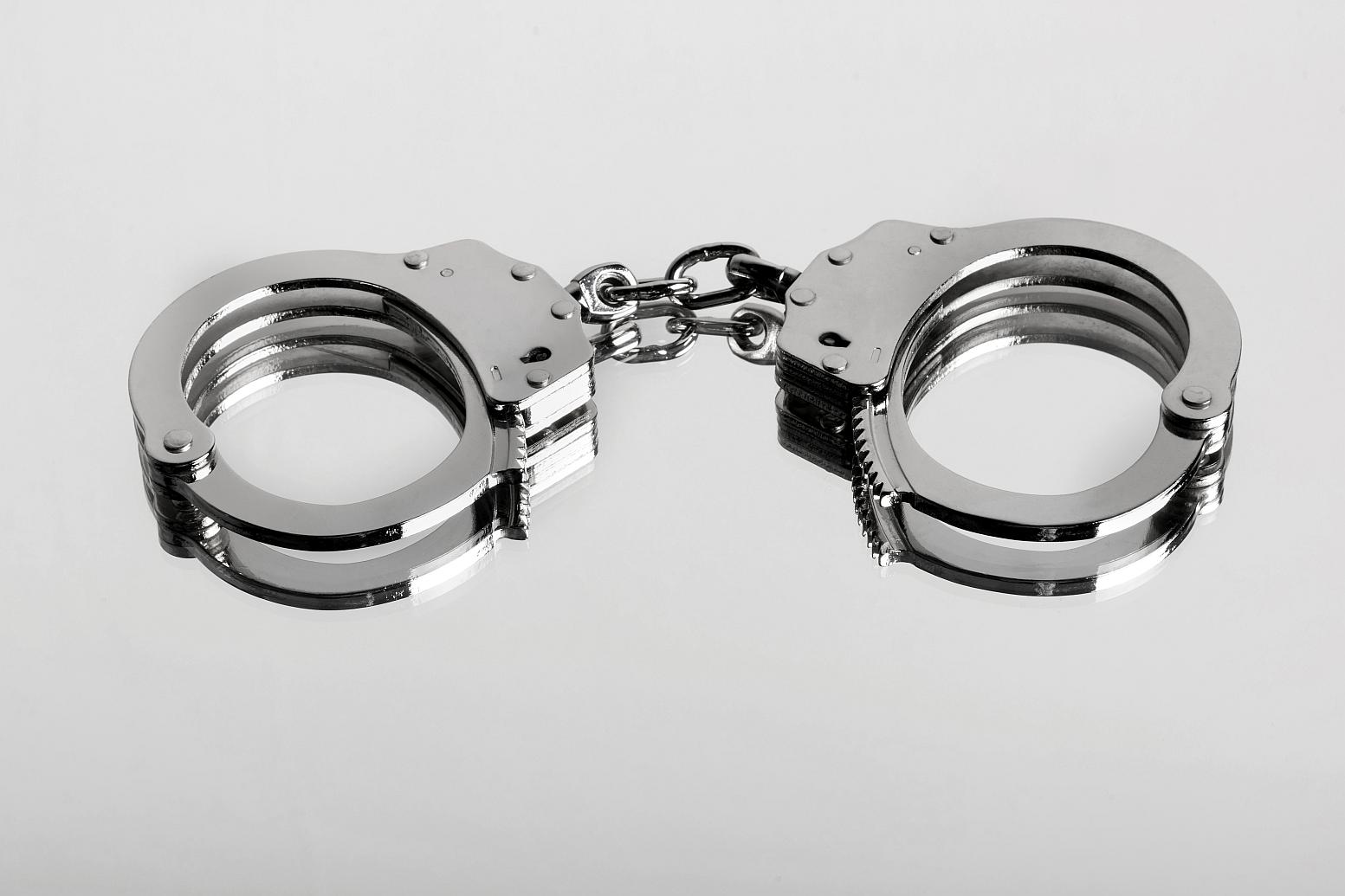
Our skilled Los Angeles civil rights lawyers are dedicated to providing expert counsel for victims of police misconduct. While police officers risk their lives daily to serve and protect the...
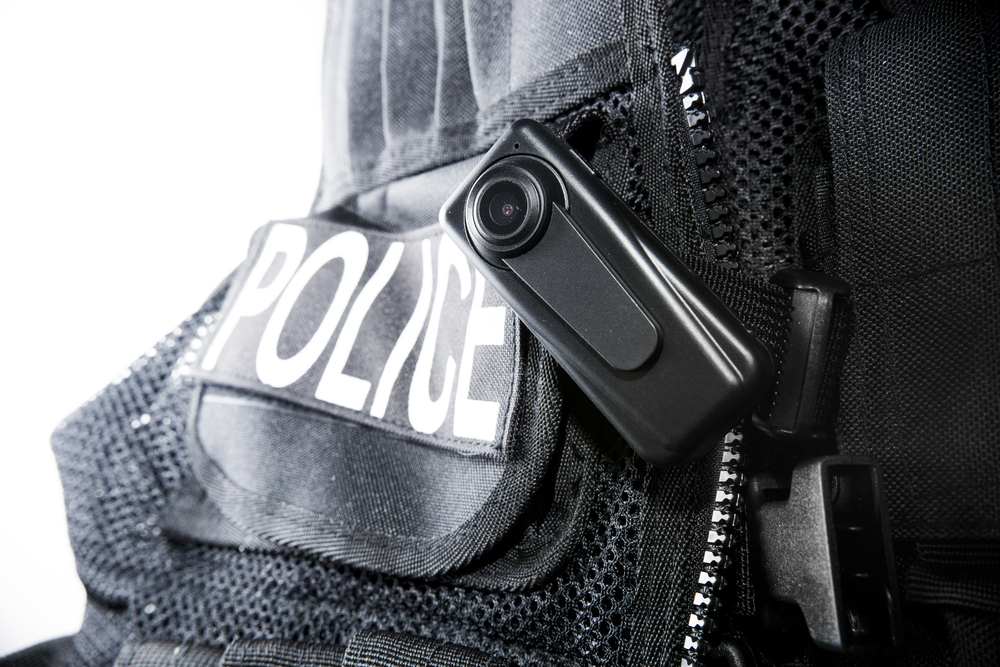
Introduction In March 2018, the LAPD reversed course and changed its policy barring the release of body worn videos to the public. This article addresses the development of the LAPD’s vi...
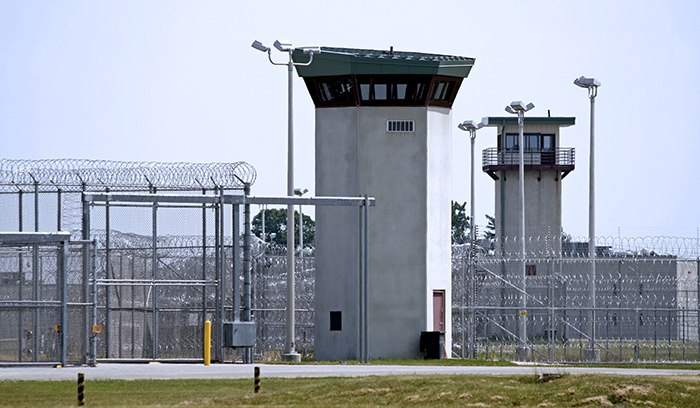
ACTS LAW, LLP obtains nearly one million dollars for family of man who died after police officers arrested him The city of Los Angeles will pay nearly $1 million to settle a lawsuit brought b...
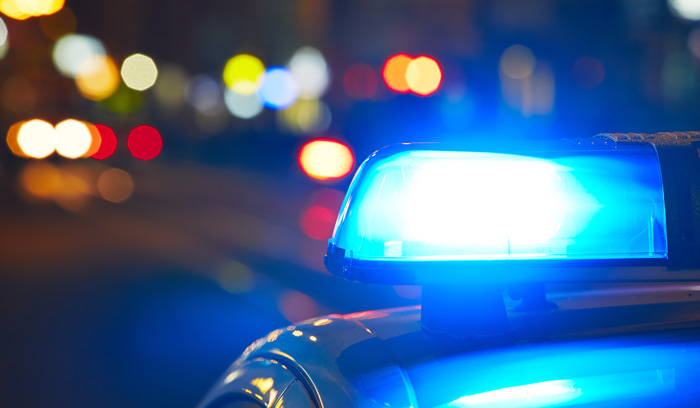
LAPD to pay $1.5M settlement for killing unarmed mentally ill black man The Los Angeles City Council approved a $1.5 million payout Wednesday to settle the 2014 police killing of Ezell Ford,...
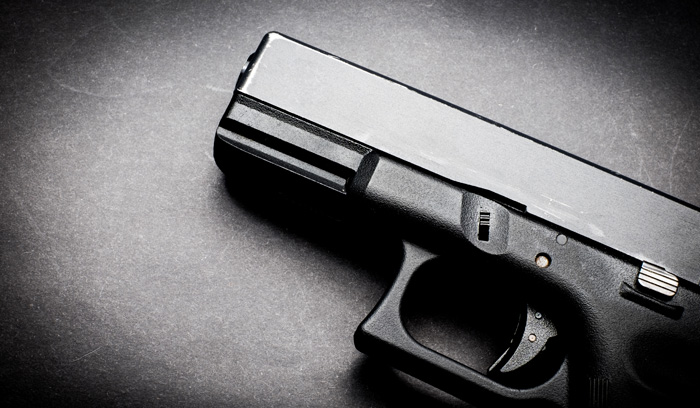
$1.5M Settlement Reached In Lawsuit Over Fatal Police Shooting Of Ezell Ford LOS ANGELES (CBSLA.com) — The Los Angeles City Council approved a $1.5 million payment Wednesday to settle a la...
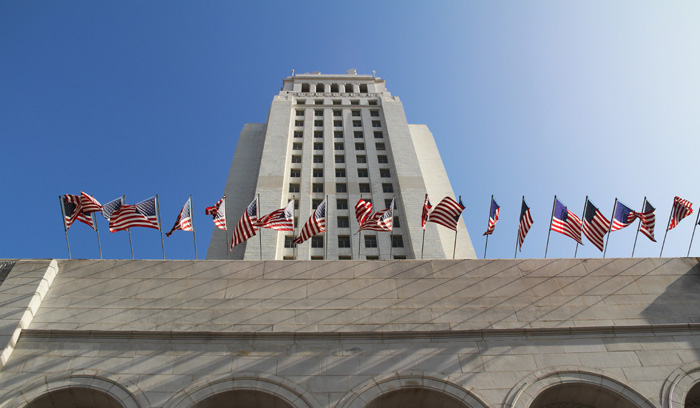
L.A. City Council approves $1.5-million settlement in police killing of Ezell Ford The Los Angeles City Council agreed Wednesday to pay $1.5 million to settle a lawsuit filed by the family o...

FAMILY OF WOMAN KILLED BY TORRANCE POLICE DEMANDS ANSWERS TORRANCE, Calif. (KABC) -- A family questioned why Torrance police officers killed Michelle Lee Shirley, a young woman studying fo...

Grief-stricken family demands answers after Torrance police fatally shoot woman Ronnie Shirley can’t wrap his head around the many questions he has about the death of his 39-year-old dau...